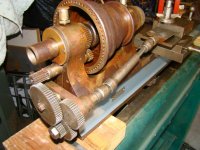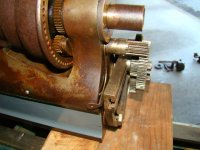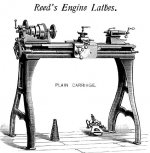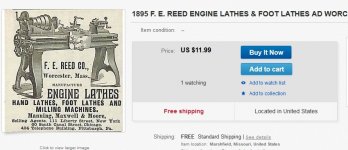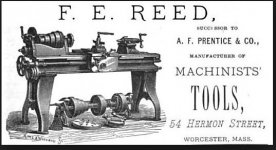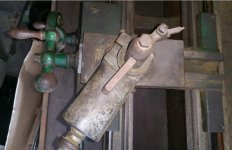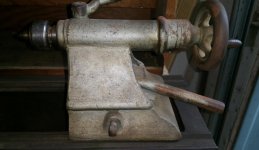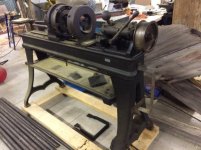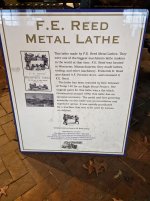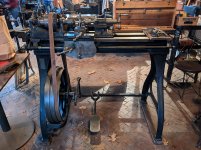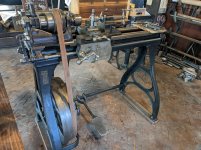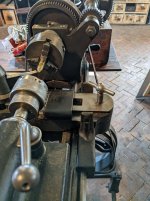texasgeartrain
Titanium
- Joined
- Feb 23, 2016
- Location
- Houston, TX
I recently picked up a South Bend Lathe 16 x 6 at what was more or less an estate sale. While I was there I picked up a few other items including this mystery lathe I got for $100. I figured for the cost I couldn't go wrong, though I didn't really buy it with any expectations, other than it may make an interesting project.
The only tag I can find on it was a threading tag. I didn't notice any stampings or anything cast either, with names or numbers. Any help is appreciated.


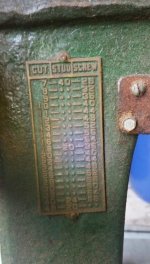
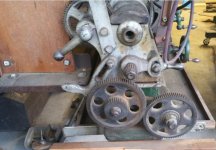

The only tag I can find on it was a threading tag. I didn't notice any stampings or anything cast either, with names or numbers. Any help is appreciated.








